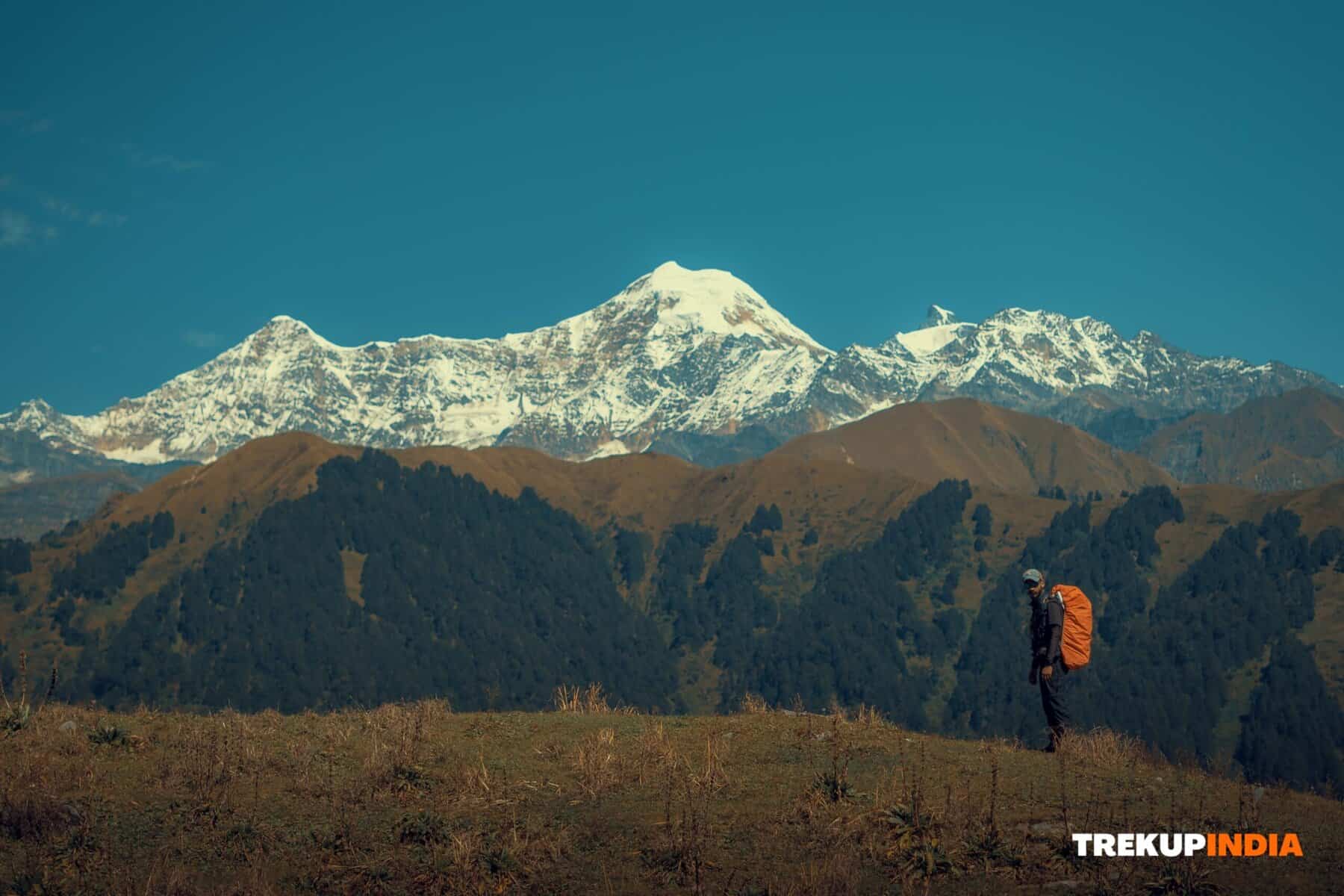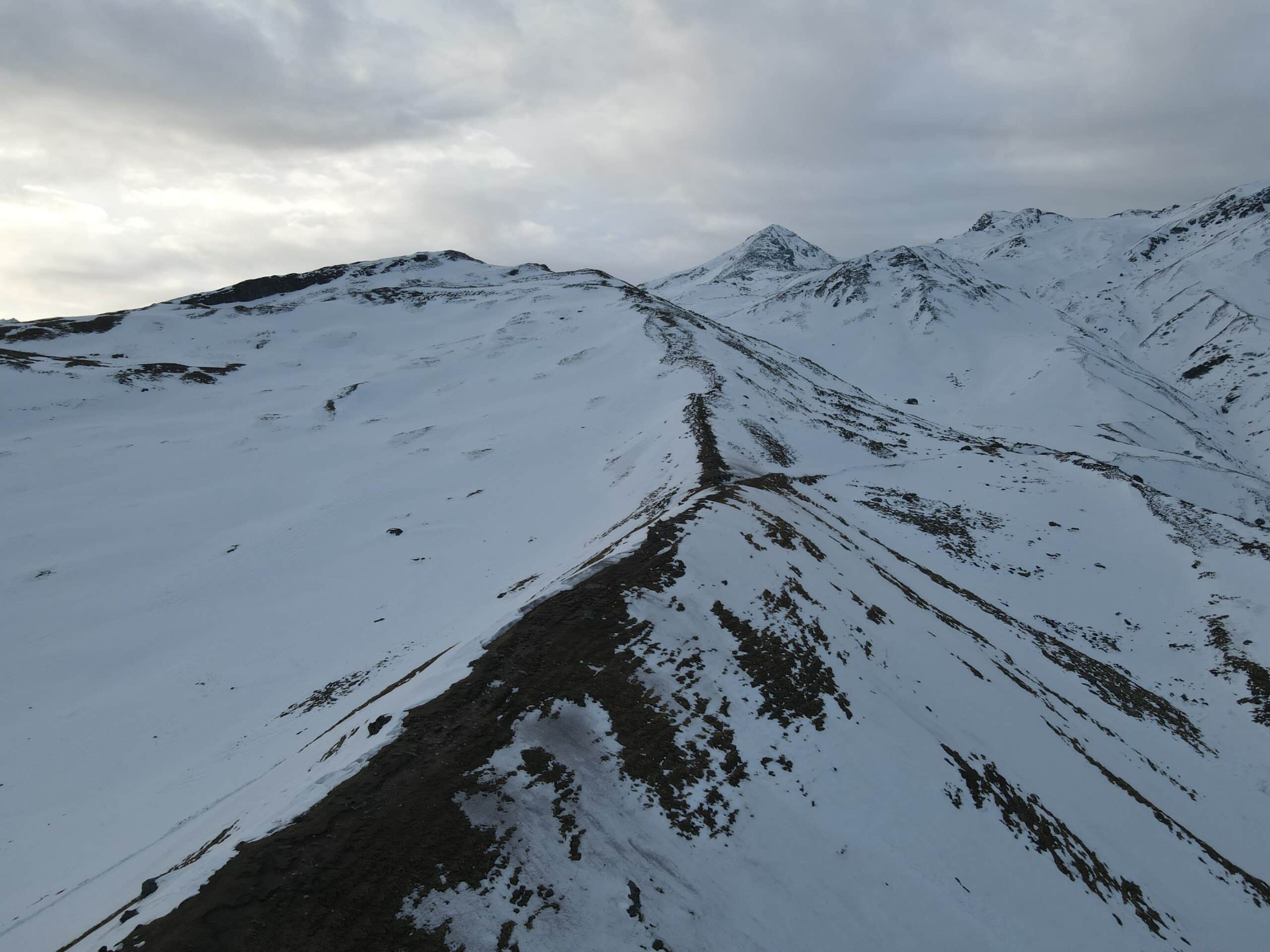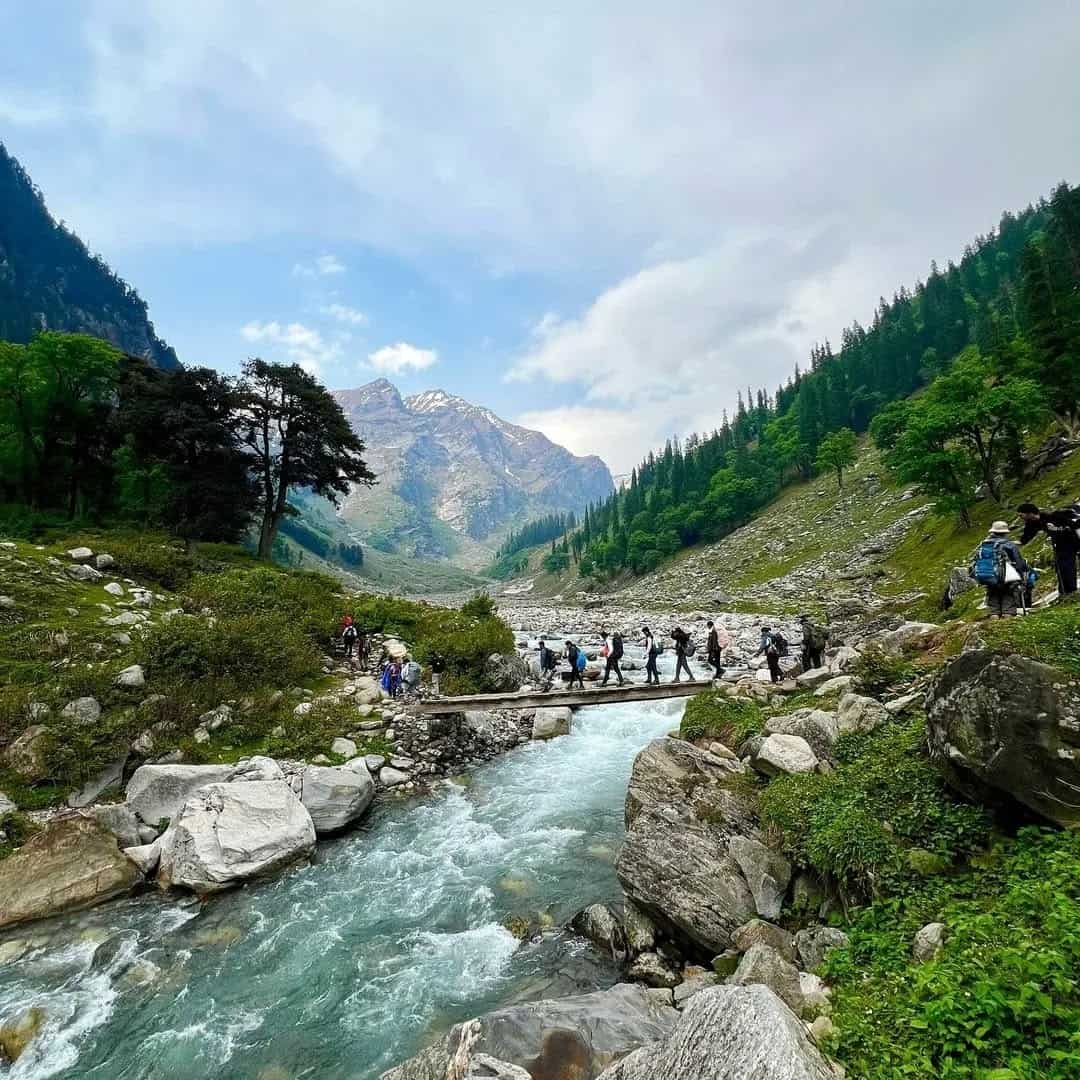Himalayan River Crossing Techniques: Essential Safety Tips for Trekkers
As one traverses through the Indian Himalayas, one may come upon pure yet strong mountain streams fed by glacial melt or monsoon rains which may change strength and depth within minutes. TrekUp India prioritizes safety as our number one goal when traversing streams which often go ignored during high altitude trekking; being aware of how to traverse them safely could prevent serious injury due to hypothermia or other dangers of trekking at such high altitudes.
Why River Crossings Require Respect
Himalayan streams may appear placid or shallow at first glance; however, their appearances can be misleading. Rapidly moving cold water can swiftly sweep someone off their feet within seconds. Combine slippery rocks, unstable weather conditions, and limited visibility with unpredictable environments like this, and planning and understanding become essential components for safe passage across riverbeds.
When Crossing Rivers for Safe River Crossings
Before crossing any stream or body of water:
- Conduct an in-depth reconnaissance before proceeding
Take a stroll along the banks, and you will locate the widest and shallowest spot.
Do not approach waterfalls, rapids, or bends where currents could become stronger if you plan to walk downstream of them.
Check for rocks or gravel beds, as these typically provide safer footing than silt or large pools.
- Unbuckle Your Backpack
Constantly adjust the shoulder and belt straps before crossing a river or road. A tight backpack could become a potential danger should something happen that forces it onto you; being able to unbuckle it quickly could save lives in such circumstances.
- Utilize Trekking Poles or Sticks
Trekking poles or strong sticks can serve as three points of equilibrium to help determine depth and stability before you step. Make sure to position them downstream before moving towards the current. This reduces strain on legs while simultaneously creating greater balance.
- Proper Footwear
Be mindful when crossing your feet without proper shoes on. Wear sturdy trekking footwear or sandals to avoid injury from hard stones during trekking expeditions in mountains; dry shoes will take longer to heal after being worn for some distance.
- Cross in Groups.
If necessary, when crossing strong currents, it may be beneficial to utilize the “mutual support method”.
Here is how this works: Be present in the present moment collectively.
Assemble in an abreast (side-by-side) row and connect arms or hold shoulders together.
To counter the force of the current, its most powerful member should face downstream.
Timing Your Crossing In the Himalayas, early morning is the safest time to cross streams. Glacial melt rises as soon as the sun comes up, leading streams to grow wider by afternoon. For your safety, it is wise to travel before 10 AM whenever possible and especially following storms or during snowmelt seasons when stream levels may have become dangerously flooded.
Additional Precautions to Keep in Mind: It is wise to avoid crossing roads during heavy storms or rainfall, as water levels can quickly rise, creating hazards on the highways.
Be careful crossing at night or during low visibility conditions – this increases the dangers significantly.
If the river you are crossing is too dangerous to cross, don’t push through. Be patient, redirect it, or set up camp if necessary – your safety should come before any plans or schedules you set out to follow.
Utilize ropes with care and follow any applicable instructions. Improper rope techniques could increase the chance of injury should someone fall midstream, thus increasing the risk.
What to Do if You Slip Although precautions have been put in place to avoid slips and falls, accidents do happen.
Here are a few suggestions on how you can protect yourself from them:
Do your best to remain calm and direct your foot toward the water.
Be sure that your head remains above water, and wait to stand until you are on stable ground before attempting standing.
Do not panic or attempt to outwit the current; instead, move with it and move toward the bank.
TrekUp India's River Crossing Practices
Each TrekUp India guide is trained in the assessment of streams and rivers for safety. Our treks are planned around well-known crossing points, and we regularly monitor water levels throughout this trekking season, in case an emergency arises that requires altering routes or delaying crossings to guarantee your well-being.
Our staff provides all necessary information before crossing and assists with equipment inspection. They also assist trekkers during difficult passages using human chains, support poles, or anchor lines as required.
Conclusion
Crossing rivers within the Himalayas is more than an essential component of trekking; it’s a critical task that demands planning, awareness, and respect for nature’s unpredictability. At TrekUp India, we believe making wise choices on the trail can mean the difference between an enjoyable and safe trekking adventure and tragedy. When practicing safe river crossing methods by pacing effort carefully and listening to experienced guides, you can ensure a pleasurable yet safe trekking journey. Remember, rivers do not follow schedules, but being alert and prepared makes every river crossing experience one filled with trust and safety that flows smoothly into an enjoyable and safe trekking journey – be prepared and get out ahead!
Share this article
Want To Trek Like Pro?
Check out the following videos if you want to trek like a pro trekker and improve your skills. These videos contain helpful tips, tricks, and techniques to help you trek like a pro. Whether you’re a beginner or an experienced trekker, these videos can provide valuable insights to enhance your trekking experience. So, watch the videos below by Trekup India experts to take your trekking skills to the next level.







Know Everything About Acute Mountain Sickness
Acute Mountain Sickness is a medical condition that can occur when individuals travel to high altitudes, typically above 8,000 feet. It is caused by the decrease in air pressure and oxygen levels in the air as altitude increases. Symptoms of Acute Mountain Sickness may include headache, nausea, vomiting, dizziness, and difficulty sleeping. To avoid Acute Mountain Sickness, it is important to gradually adjust to high altitudes and seek medical attention if symptoms worsen. To learn more about this condition, check out the videos by Trekup India.









